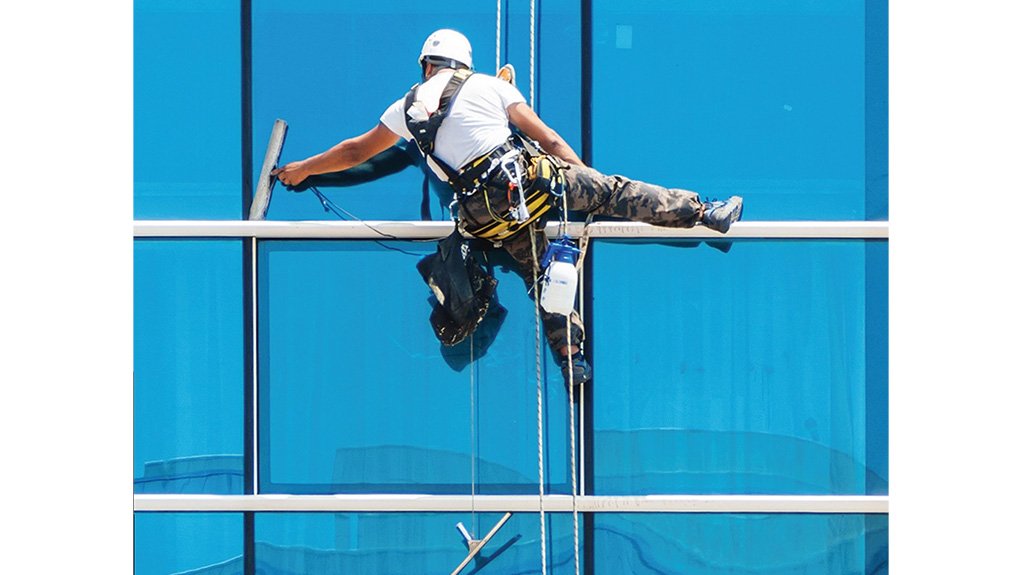Although many working-at-height training providers claim to be accredited with the sector education and training authority (Seta), the Institute Working at Height (IWH) warns that certifications received by trainees from these training providers are not necessarily being uploaded and certified correctly.
To mitigate this challenge, the IWH – a professional body and a trade association – believes that it is extremely important to ascertain and address the needs of the industry with regard to training a competent and capable workforce. IWH CEO Dr Alti Kriel points out that IWH is an institute which belongs to the industry.
The IWH is, therefore, continuously making the industry aware of the unscrupulous behaviour being displayed by some providers.
Kriel explains that it is common knowledge in the working-at-height industry that providers are not allowed to issue a certificate of competence to any learner trainee without proof of the Seta’s statements of results attached to it.
As a result, the IWH – as an independent, and non-statutory professional body – issues certificates as proof that it has issued a licence to prove the trainee is able to legally practise the skills required for accessing height using specific equipment.
The IWH reiterates that it not only strives to ensure that people are properly trained on how to work at height safely but also to remind workers not to become complacent where safety standards and measures are concerned.
She explains that proper training can be achieved only if the employer, safety officers and employee are on a path of continuous development, “something a professional body, such as the IWH, has as an objective”.
The IWH supports all forms of working at height, including mobile elevating work platforms, scaffold, falsework/formwork, aluminium towers, ladders, suspended access equipment and rope access.
The nonprofit organisation “belongs to the industry”, and it reports to the industry it represents. The IWH aligns its framework with the objectives of the National Qualifications Framework. As a registered professional body it also reports to the South African Qualifications Authority.
The institute also works closely with the Quality Council for Trades and Occupations, to establish the skills needed for the employees to be properly trained and with the Department of Employment and Labour with regard to requirements in legislation and regulations when working at height.
Moreover, the IWH is in the final stage of publishing the second edition of its guidelines, titled Working at Height Safely.
These guidelines are highly regarded in the industry and valuable to all employers, safety officers, employees and supervisors in guiding the industry on all work-at-height-related issues, legislation, regulations and standards.
Kriel concludes that, in taking its role seriously, the IWH ensures that all people working at height are not only properly trained but also continuously developed throughout their careers.
Edited by: Zandile Mavuso
Creamer Media Senior Deputy Editor: Features
EMAIL THIS ARTICLE SAVE THIS ARTICLE
ARTICLE ENQUIRY
To subscribe email subscriptions@creamermedia.co.za or click here
To advertise email advertising@creamermedia.co.za or click here













